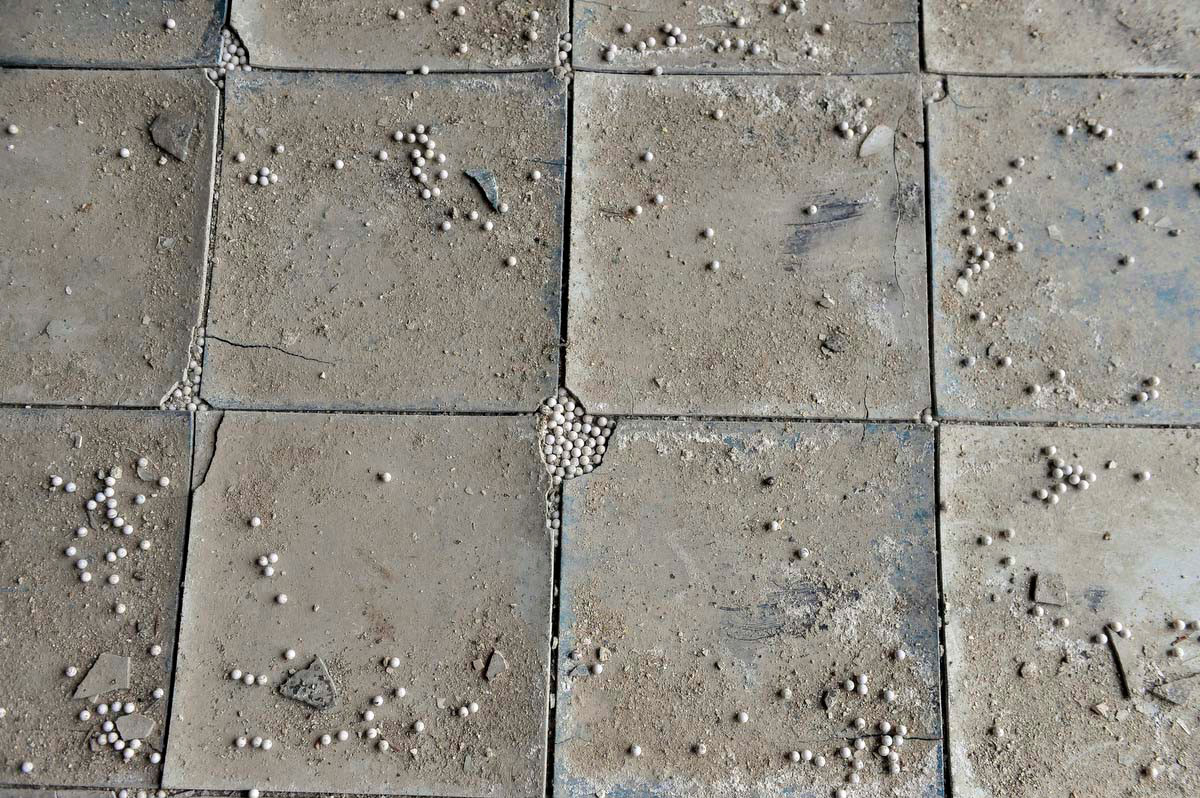Why we are not doing enough to safeguard our children from asbestos related cancers.
Picture a loaded gun, placed on desk in an empty room. Is it dangerous? Without being picked up, held, and aimed by a person the gun poses no threat to anybody.
What if you walked into that room and saw the gun? How would you deal with the situation to eliminate the risk of harm to yourself and others?
Now imagine that the desk is a teacher’s, at the front of a classroom which accommodates thirty primary school children. They’re filing back into the classroom after break time. How dangerous does the loaded gun seem now?
The HSE identifies asbestos as the single greatest cause of work-related deaths in the UK. The BBC reports that in the past decade over 140 teachers have died from the asbestos related cancer mesothelioma. And yet, according to the Department of Education’s “best guess”, more than three quarters of schools still contain asbestos. Of course, asbestos containing materials are harmless if left undisturbed, but if damaged they becomes deadly. Can we really trust our most vulnerable members of society to behave appropriately around such a fatal substance?
This situation is not restricted to primary and secondary education. A freedom of information request by the Guardian has revealed that in 2013 at least 17,000 students unknowingly slept in university accommodation containing asbestos. The University of Warwick openly acknowledges that it does not make students aware of the presence of asbestos but states, “all students in university accommodation are under an obligation to report damage of any kind as soon as possible and are aware that they can incur a fine for non-reporting.” During the author’s time at University, while meandering in the direction of the library or making a B line for the pub, he was acutely aware of his obligation to report damage to asbestos containing materials. I think not.
The Association of Teachers and Lecturers have called for the removal of all asbestos from university accommodation, and MP Jim Sheridan has characterised the situation with schools and universities as a “national scandal.” So why is nothing being done? These standpoints are a little reactionary. As we know, asbestos containing materials are harmless so long as they remain undisturbed. The question here is how likely are they to be disturbed by children who have little awareness of danger, and no concept of the severity of asbestos related diseases? Quite frankly, why should children have to worry about asbestos in their schools?
At Safe:Environment we believe that, as a minimum, the management requirements for materials within schools should be vastly increased, and that priority assessments should be adjusted based on the age of the occupants, not just their number (HSG264: The Survey Guide). In addition to this the management of asbestos should wholly consider the users of the areas, and therefore consider increased control measures. For example, Asbestos Insulating Board (AIB) wall partitions in a classroom should be over-boarded as a minimum, or preferably removed. Inspections should then take place more regularly to ensure that the material used for over-boarding remains intact. Under present compliance requirements, if the AIB had been purely painted, this would be sufficient for compliance – but Safe:Environment argues that this is not sufficient for the protection of our future generations.
These measures, and others like them, should not just stop at schools but consider other vulnerable people such as those with severe learning difficulties and mental illnesses, whose behaviour and lack of awareness could lead to potential exposure incidents. But in these days of austerity where the reduction of the deficit is paramount is there the money to do this? In a word – yes. Enter the global prime contractors with a proven record of fudging results, failure to deliver on time, and putting financial outcomes ahead of service delivery.
The safety of our future generations is our responsibility, and to prevent escalating exposures requires a wholesale rethinking of the way in which asbestos is managed. At Safe:Environment we believe that driving down cost through innovative practice offers the greatest degree of protection to both our children and our public purse. When we quote for a job we don’t think of a number and multiply by ten. We start by considering how our expertise and innovation can best protect those who rely on us to get it right.”

